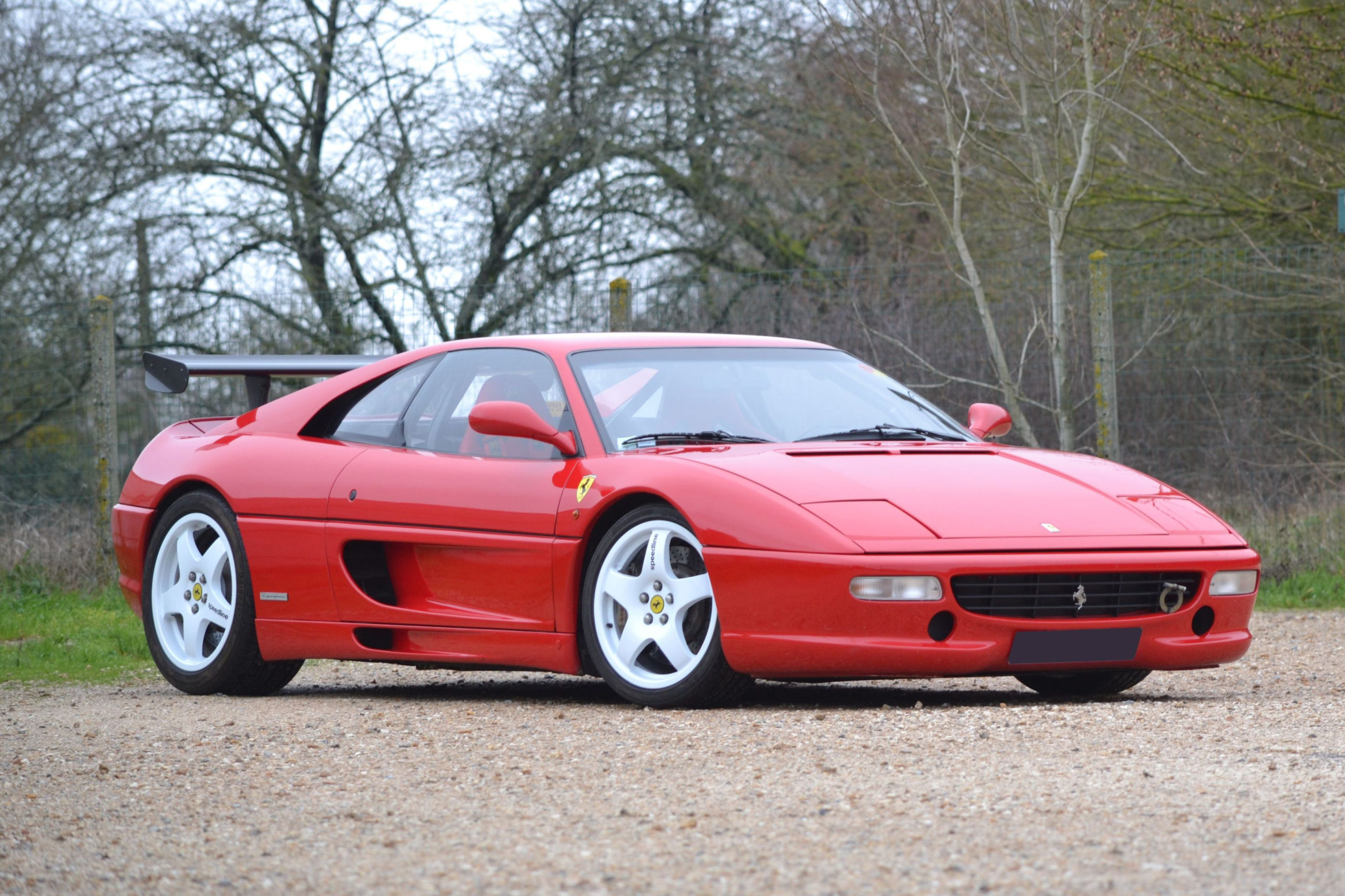Europe. Great start… actually a good one for Artcurial in Paris
Cliff Goodall’s view
Photo credit: Artcurial
The auction law will never be put in writing: Artcurial Paris confirmed this: the first part was a clear success with 25 lots out of 26 sold and 107% of the estimated value reached (despite a Porsche 550RS Spider estimated at €3.8 million going unsold). Then the sale reversed: out of the next 13 lots, just one changed hands; just under €200,000 takings out of more than €7.7 million originally estimated. Very odd. A balance sheet which started out as excellent turned into a positive one. Let’s attempt to understand why.
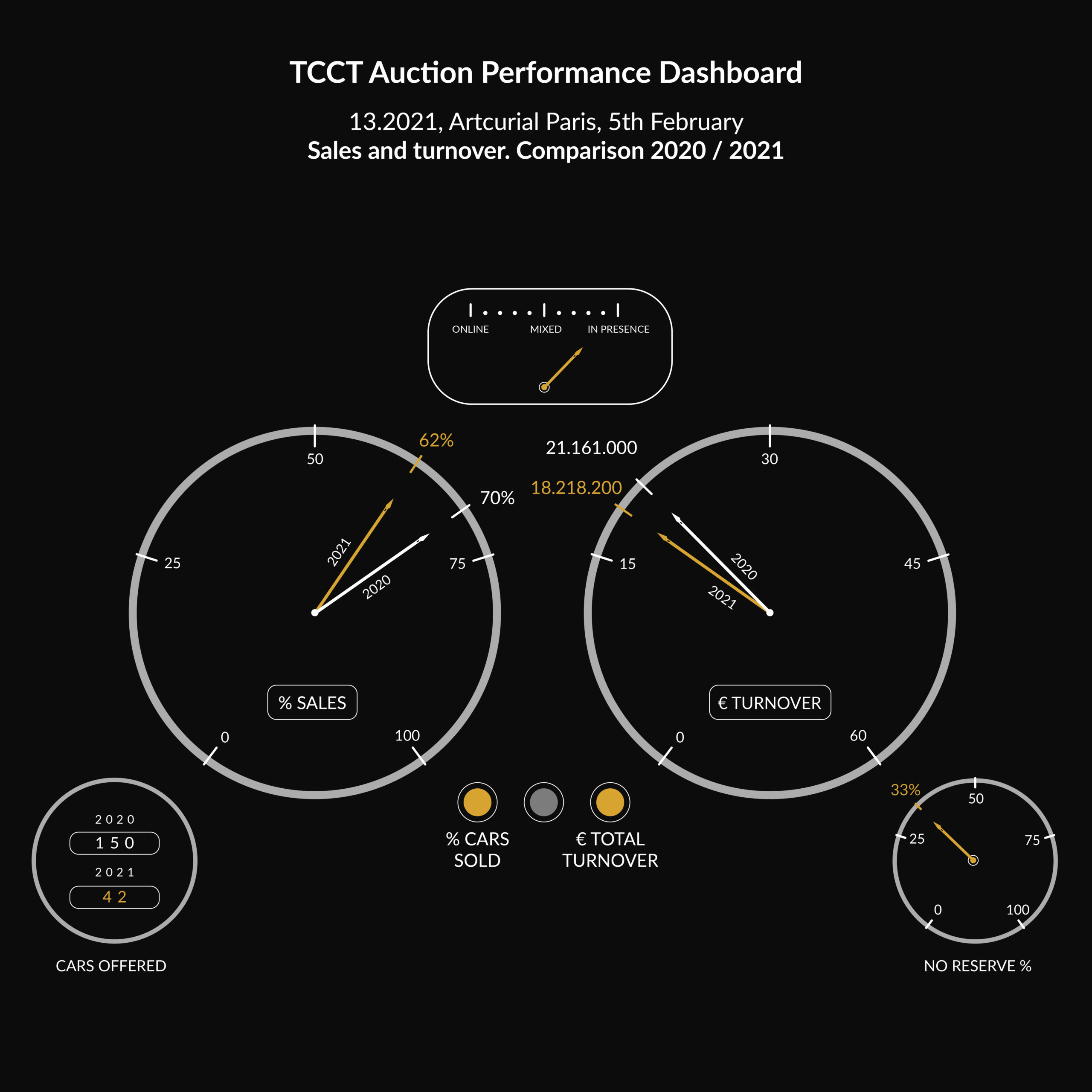
This time Artcurial followed the new (and successful) trend we first saw in Arizona. Few, high quality cars, often with reasonable reserves. The numbers confirm our theory: in 2020 with 105 cars sold out of 150 on offer, they took home just under €21.2 million with an average sale price of €201,533 per lot. This year, with a quarter of the cars sold (26 out of 42 on offer) they secured €18.2 million in sales, just 14% less with over 75% fewer cars. The result? A stratospheric average of €700,692 per sale! This data was confirmed by the percentage of turnover compared to the original estimates, which equated to 74% compared to 61% last year.
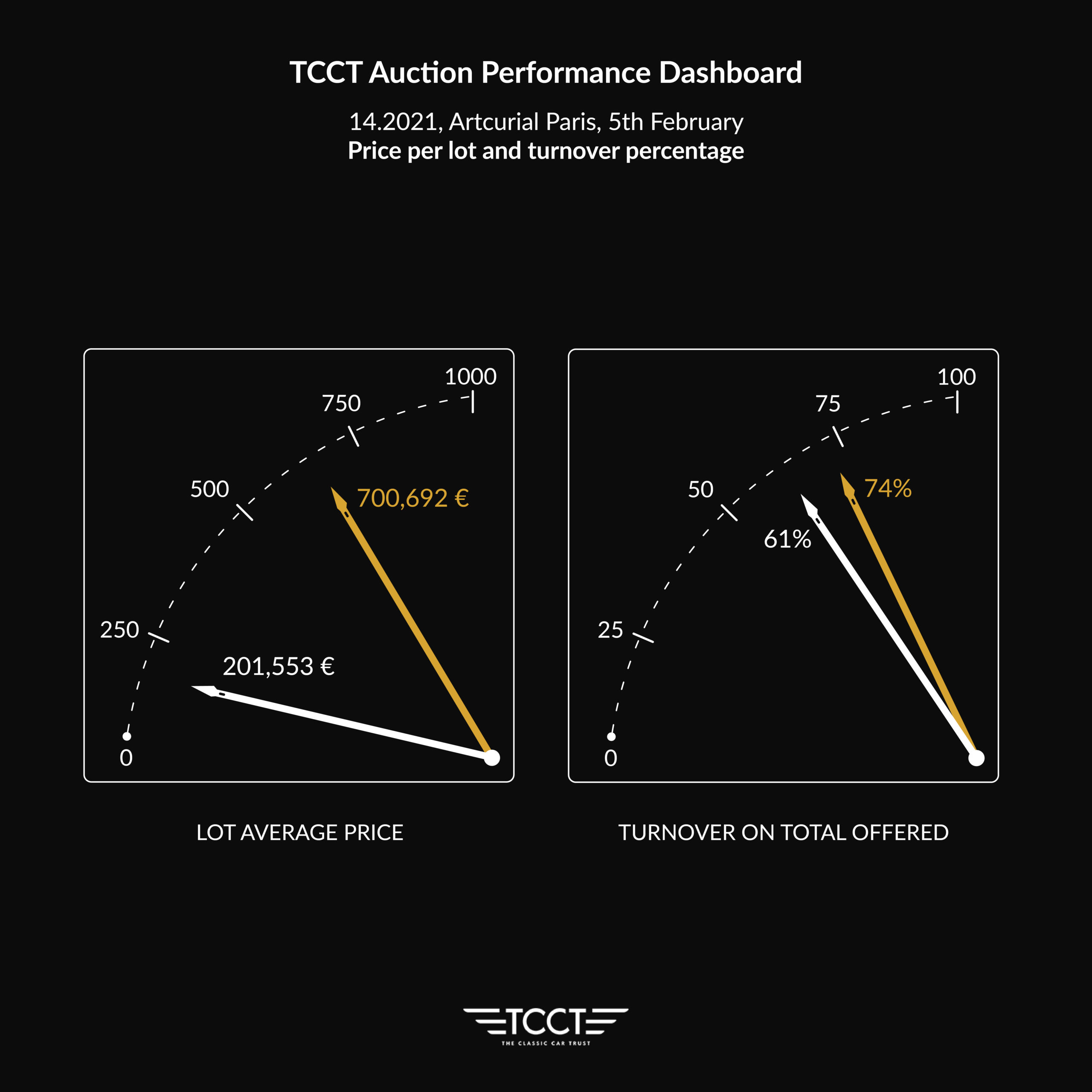
The bulk of the credit goes to the Matra Simca MS670 which won the 24 Hours of Le Mans in 1972, and changed hands for €6,907,200, equivalent to almost 38% of the total for the day. After being preserved in the Museum of the manufacturer, and perfectly restored between 2008 and 2012, in January 2020 a judgment forced Matra to relinquish some precious pieces and, as the diamond among its many jewels, the MS670 was put up for sale. The estimate was broad (€4m-7.5m) and the sale concluded in the upper regions of that estimate. So can it be considered great deal for the Matra factory? I am not that convinced, particularly if you compare prices with similarly victorious examples of Jaguar D-Types and Porsche 917s. Whoever bought it didn’t invest their money badly.
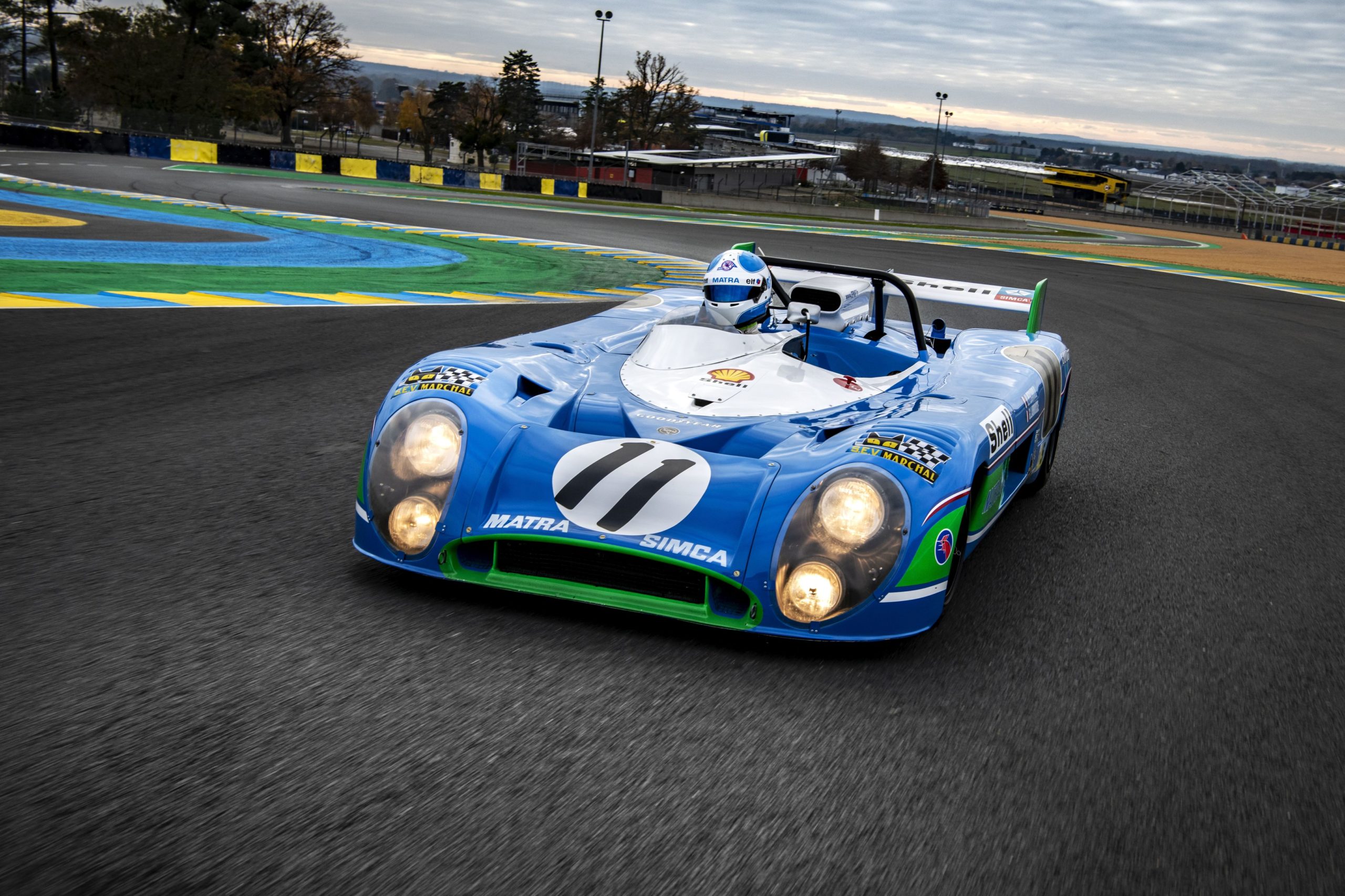
The sale was also an opportunity for a collector to dispense with his collection of British cars, many of them without reserve. The cream of the crop here was the finest piece on offer, a 1959 Aston Martin DB4 GT. Not without flaws mind you: a non-original engine (albeit replaced at the time with an original one), non-original colour (I would immediately bring it back to the far more interesting Pale Primerose), modified in the 80s from right-hand drive to LHD. But money also counts in the auction world: with an estimate of €1.6-2.4 million the sale price was just €1,358,800. To put that into perspective, on the same afternoon in London, Gooding sold another DB4 GT for £2,750,000 (roughly €3 million). There’s ample room there to bring it back to its original condition.
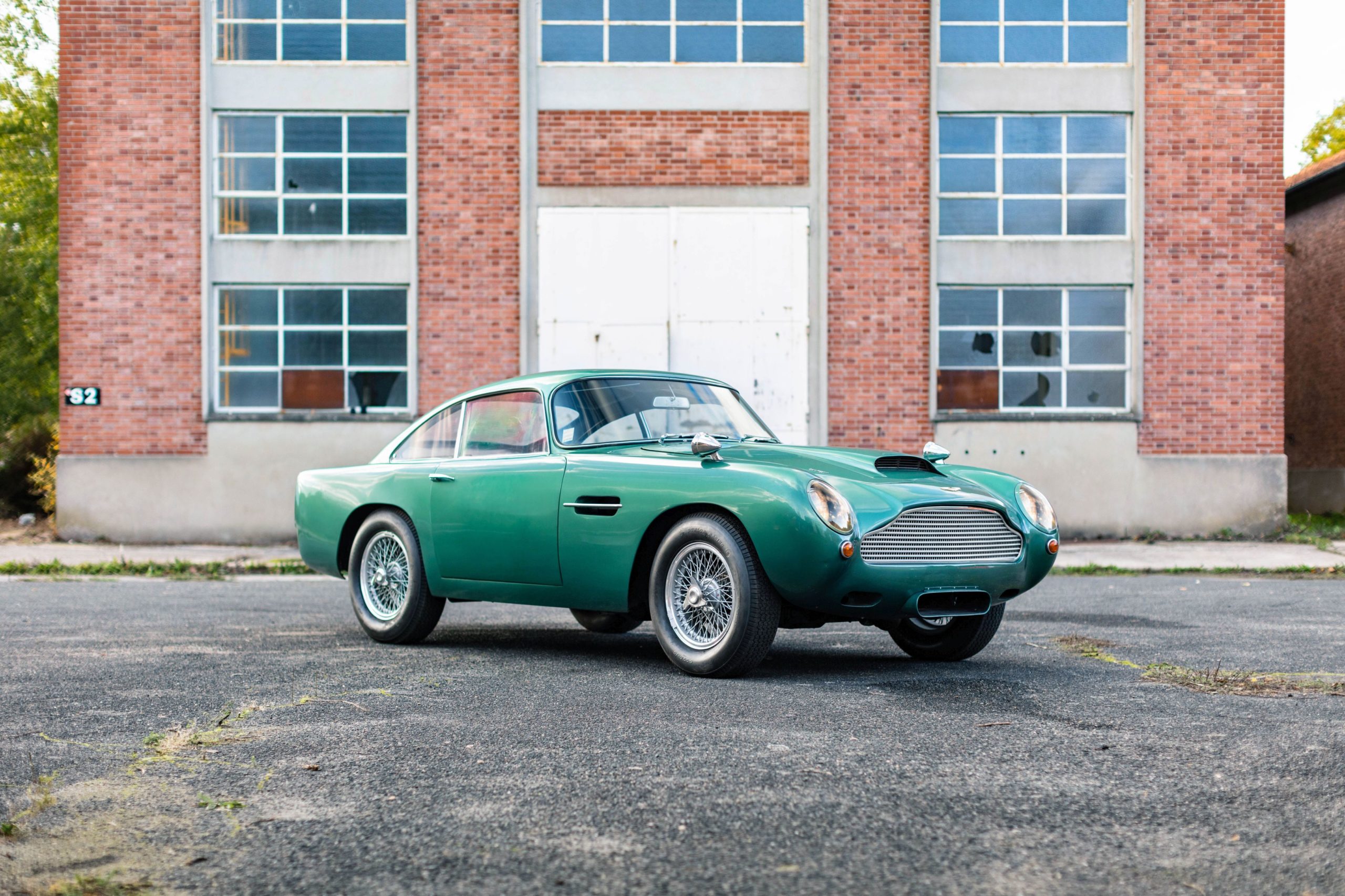
My choice? Also in memory of the fact that Germany was fertile ground for the production of microcars, I choose the 1957 Messerschmitt KR200 Cabriolet. After the war, companies drafted into the war effort found themselves without orders and Messerschmitt, which produced fighter planes, used its aeronautical engineers to build a bubblecar. Amazing but true. This model, complete with original engine and colour scheme, and fresh from a meticulous restoration which was completed last year, exchanged hands for €35,760, a fraction above the minimum estimate (€35-50,000).
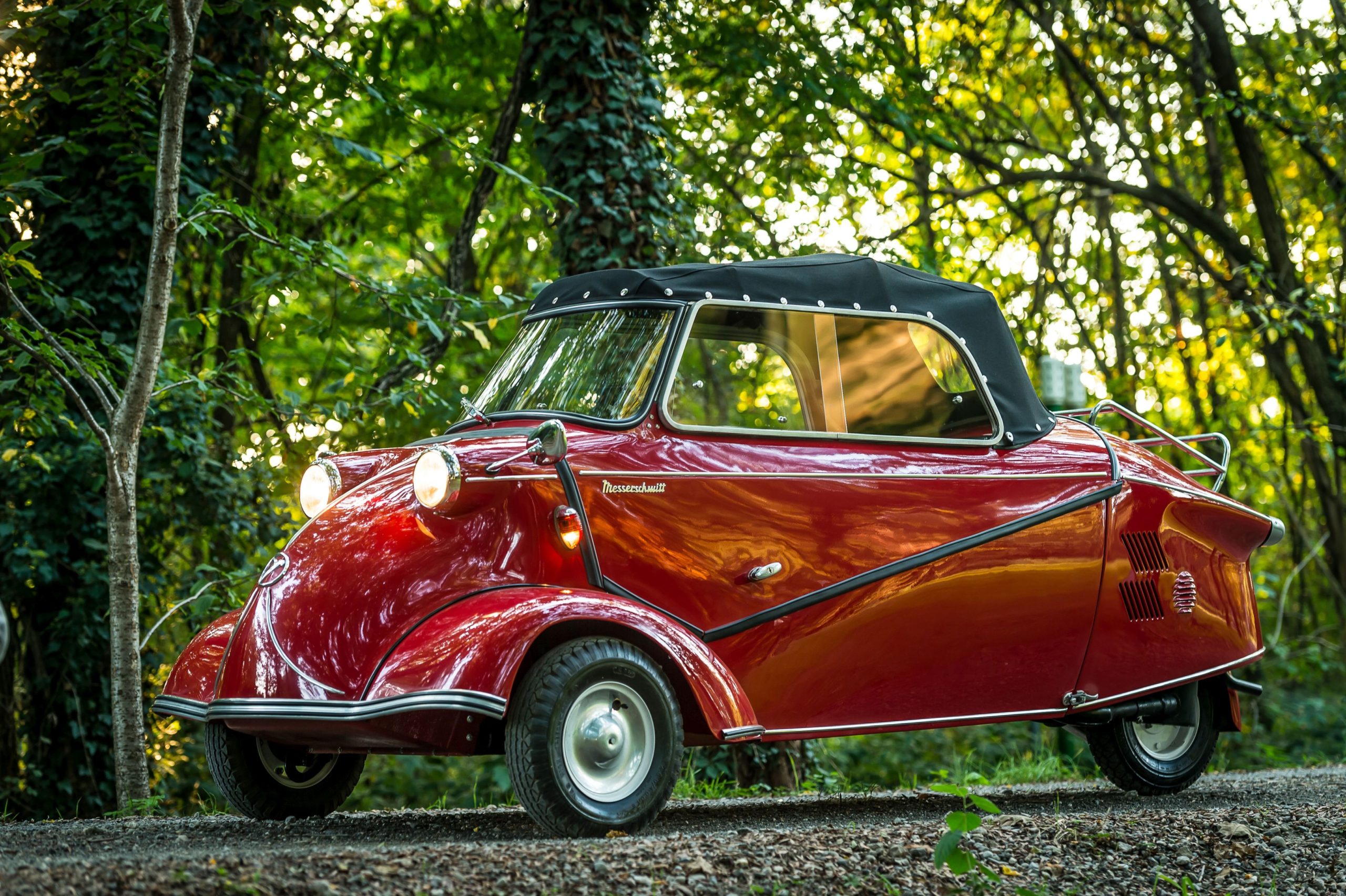
In a “high-speed” edition like this, there’s always a Cavallino: this time, it was a 1995 Ferrari 355 Challenge, more power, less weight, roll cage and homologated for road use, a very rare car indeed. The estimate of €140-180,000 was soon forgotten and eventually the new owner put his hand on his wallet and pulled out €196,680.
